I figure with the hullabaloo that is Fox News and their love for Mulberry Street, it’s probably a good time to bring this one back out from last September.
As hard as it might be to learn, learn you must that the man who gave us the morality play that is “The Sneetches” was racist as fuck, Now, to his credit, he started figuring it out later in life, and apologized for many of his depictions. However, many of the instances of “foreign folk” within books of his that Seuss illustrated are still a part of those books. Mocking caricatures of Chinese (or perhaps “Oriental” in Mr. Geisel’s mind) people appear in several popular Seuss books such as “If I Ran the Zoo” and “To Think I Saw it on Mulberry Street.” Anytime a person hailing from another country or land is shown, that person’s depiction is thick with stereotype. I’ve dropped a bunch of images in a gallery below. As a bonus, I also included some other images where Seuss connected the symbiotic relationship between the “America First” contingent in America with the fascist eruption in Europe. (You can see examples of all of these things I’m describing within the picture set attached to this post. Thanks to Enrique Lavin of NJ.com for compiling most of these images. Lavin primarily writes pieces about the maligning of cannabis, but he has a fondness for collecting historical political cartoons.)
The more educators come to realize the importance of representation in media — meaning a child can see someone like them included within a story– the more troublesome Dr. Seuss becomes. The options are either to choose a story in which there are only white people or a story where non-white people have overly-exaggerated features on those characters who are most like the student, or pick a classic where humans don’t appear at all (like the aforementioned Sneetches, or The Lorax, or Horton Hears a Who.) Prior to publishing imaginative rhyming books, Dr. Seuss was an illustrator who did advertisements, political cartoons, and–at times– outright propaganda. And it is within these that the inner conflict over the legacy of Dr. Seuss is most pronounced. Many of his anti-isolationist cartoons are so immediately relative to today’s political climate that you’d think they were recently forged. But his cartoons regularly took a punching down look at minorities in the U.S., Japanese-Americans in particular. Dr. Seuss’ work encapsulates what is one of the biggest dilemmas we face in regarding famous figures in retrospect, and that would be trying to weigh the “good against the bad” and trying to calculate how high of a pedestal we can get away with putting them upon. At my house, we are still avid readers and appreciators of Seuss. There is still nothing quite like the Seuss brand of poetic frivolity. What’s more, Seuss’ poignant parables like Yertle the Turtle, The Butter Battle Book, The Lorax, Green Eggs and Ham, and Horton Hatches the Egg (just to name a few) can carry a massive amount of power toward informing young minds about the less laudable sides of humanity. But it is upon us to know that these images are to be found within Seuss’ work and for us to be ready to discuss these drawings if need be. And–importantly– in a way that doesn’t amount to dismissing these instances as “just a joke” or “funny cartoon” ethnic imagery being deemed funny simply by being “funny looking.” We have to remember that whether a person has stars upon thars or any other outward distinction, a person is indeed a person, and we should respect that, on a train or in the rain, in a car or in a tree. That would be so good, so good you see.

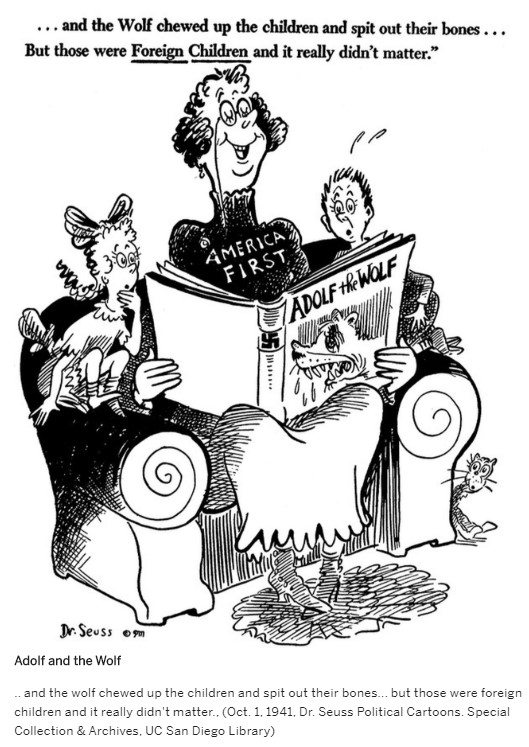
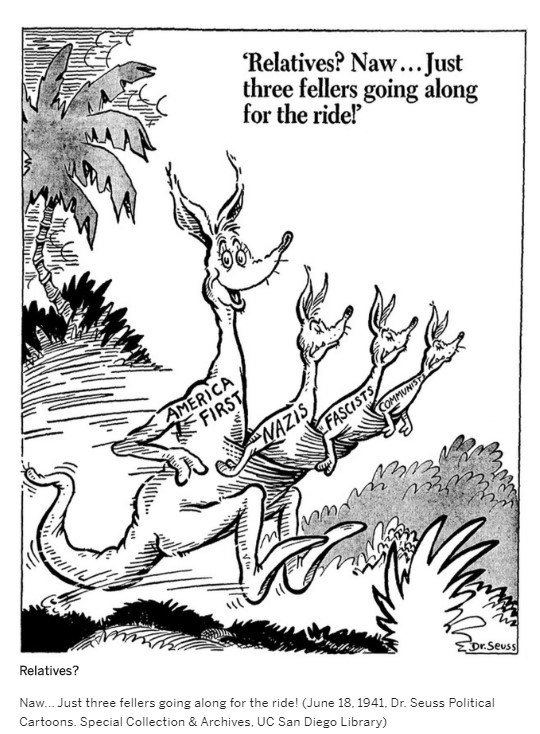
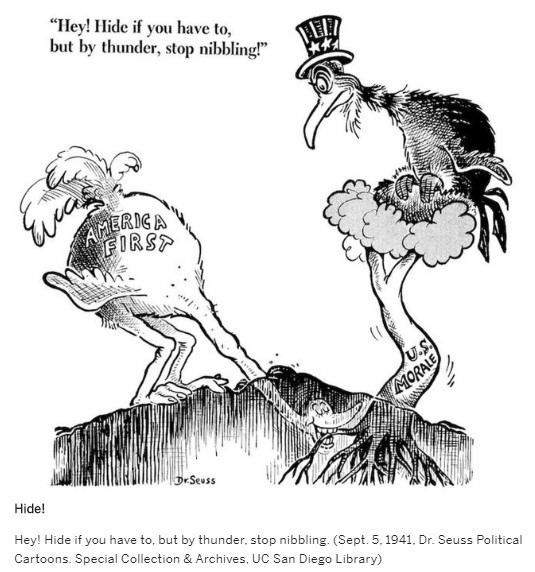

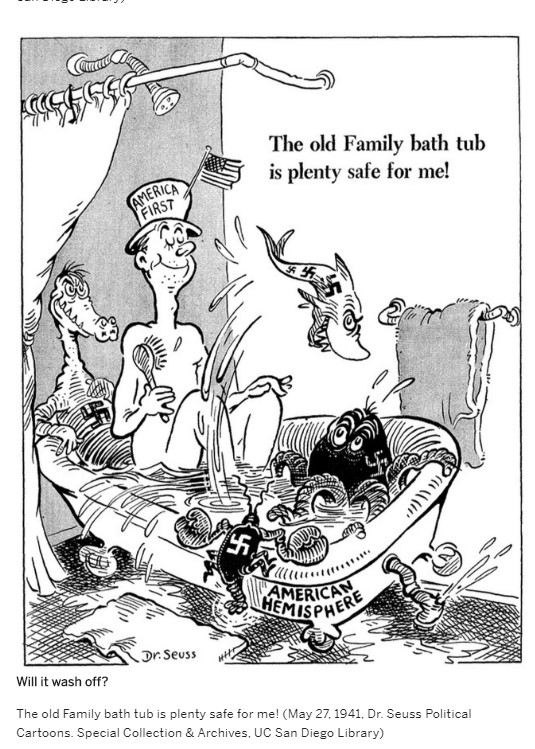
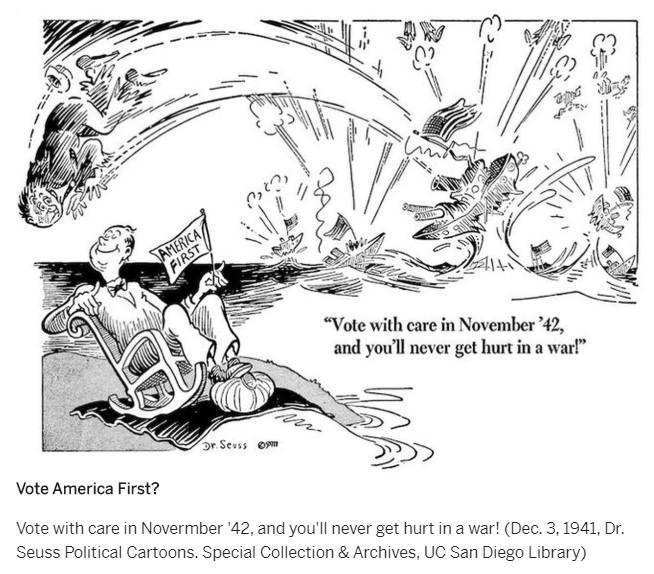

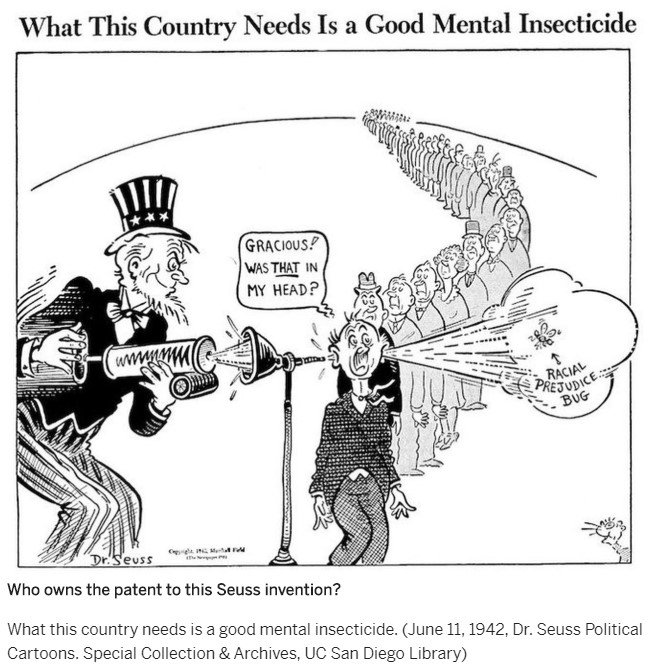

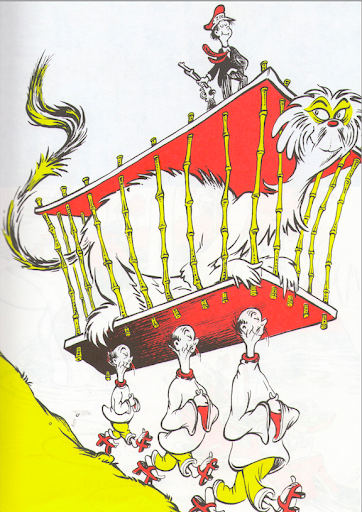








Leave a comment